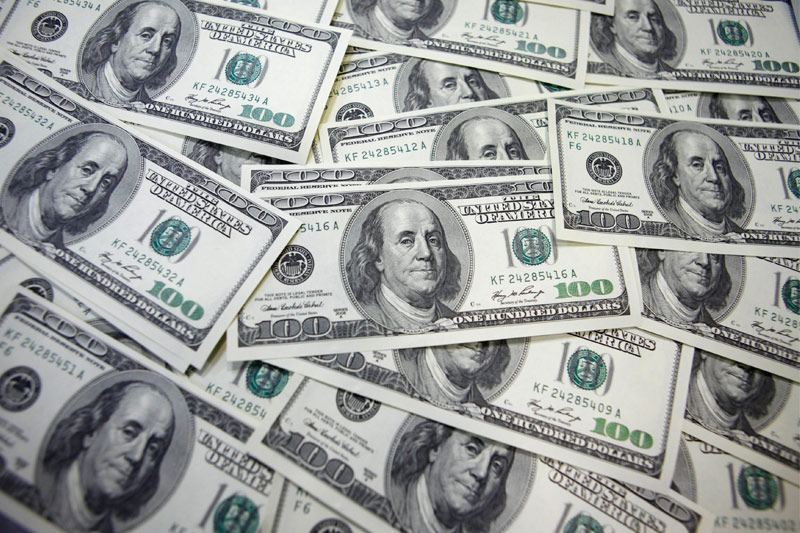Investing.com - The Aussie and the yen held weaker in early Asia on Thursday with investors noting caution by the Fed in the latest monetary policy review.
USD/JPY changed hands at 112.78, down 0.20%, while AUD/USD traded at 0.7540, down 0.19% after RBA deputy governor Guy Debelle suggested a weaker exchange rate would be welcome.
Earlier, New Zealand said fourth quarter GDP rose 0.9% quarter-on-quarter, beating the 0.6% gain expected.
Ahead, Japan reports trade and Australia jobs data.
The Federal Reserve lowered expectations for rate hikes this year bringing their forecast more in line with market expectations as they held off on raising their policy rate at the latest Federal Open Market meeting on Wednesday.
As expected the Federal Open Market Committee left rates unchanged at the 0.25% to 0.50% range at the end of their two-day meeting, but made a few changes to the post-meeting statement and downgrades to their accompanying economic forecasts.
The U.S. dollar index, which measures the greenback’s strength against a trade-weighted basket of six major currencies, was last quoted at 95.70.
Overnight, ahead of the meeting, the dollar pushed higher against the other major currencies on Wednesday, after the release of mixed U.S. data.
The U.S. Commerce Department said that housing starts rose 5.2% in February to hit 1.178 million units from January’s total of 1.120 million units. Analysts had expected a rise 4.6% to 1.150 million.
Meanwhile, the number of building permits issued declined 3.1% to 1.202 million units last month from January’s 1.204 million. Economists had forecast a drop of 0.1% to 1.167 million units in February.
A separate report showed that the U.S. consumer price index fell by 0.2% in February, matching expectations. Year-over-year, consumer prices were 1.0% higher.
Core CPI, which excludes food and energy, increased at annualized rate of 2.3% last month, compared to expectations for a 2.2% gain.
Data also showed that U.S. industrial production decreased by 0.5% last month, worse than expectations for a decline of 0.2%.
